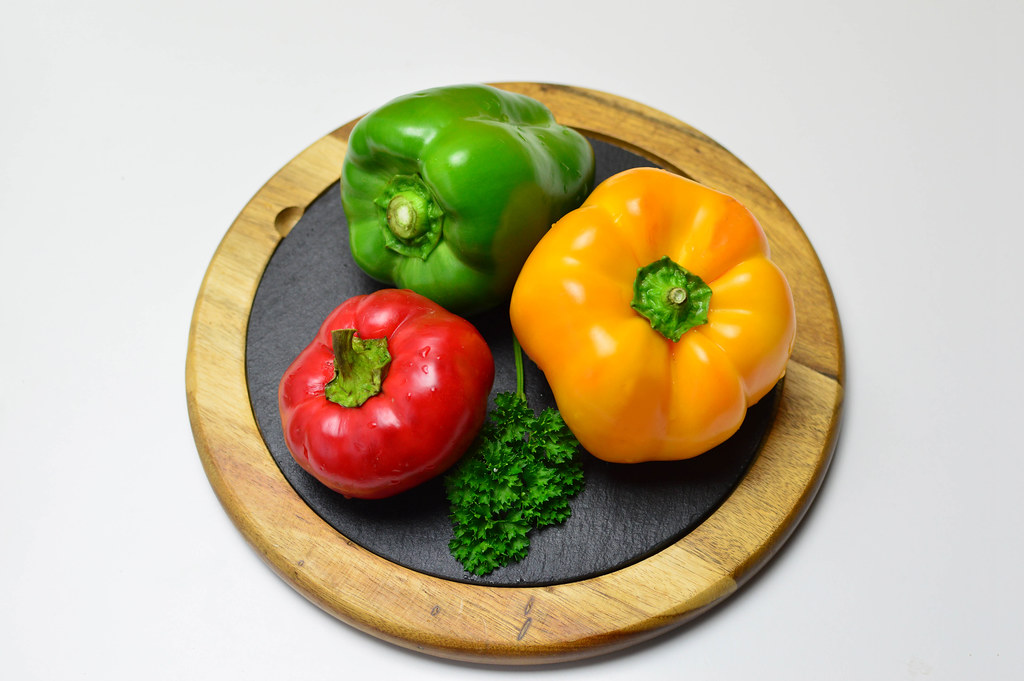Growing Peppers Indoors – Guidelines & Tips
Do you want to grow flavorful and nutritious peppers at home, but don’t have an outdoor garden? While many people think of peppers as outdoor plants, it is actually possible to successfully grow peppers indoors with some careful preparation. Indoor pepper cultivation can be a great way to enjoy fresh produce year round, especially if you live in a colder climate.
Selecting Varieties for Indoor Growing
When considering which peppers to grow, it is important to select varieties that are known to do well as indoor plants. Generally, smaller peppers such as pimentos, cherry peppers, and bull’s horns will thrive best in containers. Not only do these plants generally mature quickly, they are easier to move around if necessary to find the optimal amount of light in the home.
Container Selection
When growing peppers indoors, it is important to pay attention to the container size and material that you select. In general, the container should be around 6” deep and wide, with a few inches of space around the edges for drainage. Plastic containers are ideal for indoor pepper cultivation as they retain moisture the best and are lightweight. It is important to make sure that the container chosen has proper drainage holes as too much water can lead to root rot.
Soil Selection and Preparation
When selecting soil for indoor pepper cultivation, it is important to select a soil that is well-draining yet retains moisture. Typically, this requires combining potting soil with either vermiculite or perlite. Additionally, the pH levels in soil should range between 6.5 and 7.5 to ensure proper nutrient absorption. When planting the pepper, be sure to keep the root system intact and fill around the edges of the container until the root and stem are fully covered.
Lighting Requirements
Peppers require at least 6 hours of direct sunlight each day to ensure proper growth. If you don’t have a space near a window that is sunny enough for the plant, you may need to supplement with grow lights. Generally, these lights should be placed about 6 inches above the foliage and should remain on for a full 16 hours per day.
Maintaining Peppers Indoors
When growing peppers indoors, it is important to provide them with the proper nutrients and water in order to maintain healthy growth. Peppers should be watered regularly, but not overly saturated with water. If you live in a humid climate, a dehumidifier may be necessary to keep the air dry enough for the plant to thrive. Feeding peppers fertilizer or compost as needed can help ensure that the plant receives the needed nutrients to grow. Additionally, it is important to monitor the temperature of your home to make sure that it is within the optimal range of 65 to 75 degrees.
Conclusion
Growing peppers indoors is possible with the proper preparation. Selecting appropriate varieties, containers, and soil, as well as providing your peppers with the necessary nutrients, light, and temperature, are all essential steps for cultivating peppers at home. With proper attention and care, you can enjoy fresh peppers all year round.



